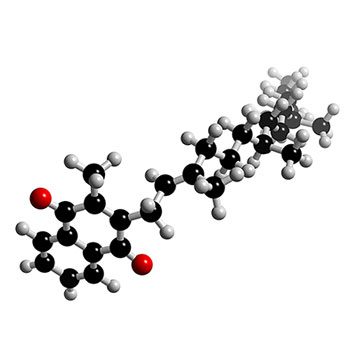 Thanks to a barrage of recent studies and conflicting media messages, consumers are confused about the benefits (if any) from vitamin E supplements.
Thanks to a barrage of recent studies and conflicting media messages, consumers are confused about the benefits (if any) from vitamin E supplements.
Until all this is sorted out, remember, high doses of vitamin E increase the risk of bleeding.
Here’s what we know about that.
Dr. Maret Traber from the Linus Pauling Institute at Oregon State University in Corvallis reviewed the literature and concluded that vitamin E follows the same pathways in the liver that break down vitamin K.
Vitamin K, of course, is essential to make blood clot. In order for this to happen, phylloquinone (aka vitamin K1) must be converted to menaquinone (vitamin K2).
“Several different explanations could account for the interaction between the 2 vitamins,” says Dr. Traber. “We need more research to understand the delicate balance between vitamins E and K.”
Here are some options that might account for the interaction between vitamins E and K, leading to an increased risk of bleeding.
- Vitamin E competes for an undiscovered enzyme that is needed to modify the side chain in the vitamin K1 molecule (right side of photo) in preparation for the formation of vitamin K2 — making less vitamin K2.
- Vitamin E competes with vitamin K1 for some hypothetical cytochrome P450 enzyme needed to form vitamin K2 — preventing the formation of vitamin K2.
- Vitamin E increases the activity of enzymes that increase the metabolism and excretion of all vitamin K forms.
The bottom line?
OK, so we really don’t know much.
But this we do know. To lessen the risk of bleeding, the US.-based Food and Nutrition Board set the upper tolerable limit for daily vitamin E intake at 1500 IU.
11/1/08 20:53 JR